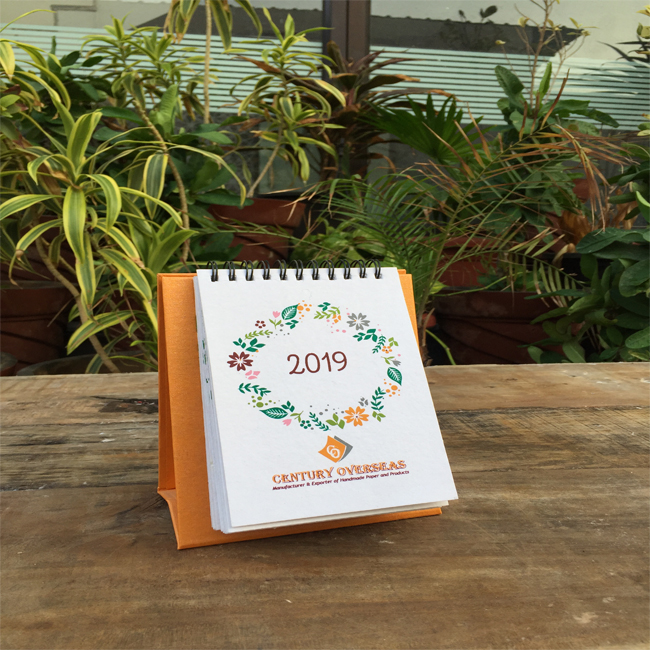Introduction to Seed Paper
Seed paper is a unique type of paper. It contains seeds implanted in its fibres. Unlike traditional paper, which people usually throw away, you can plant seed paper. Seeds within the paper sprout and grow into plants through germination. This makes seed paper an eco-friendly alternative to regular paper.
Understanding the composition of seed paper
Mix recycled paper pulp with seeds to make seed paper. Sometimes, people use other natural additives like dyes or pigments. The paper pulp holds the seeds. It also gives them nutrients to grow. The seeds used in seed paper can vary depending on the desired plant species. Common seeds include wildflowers, herbs, vegetables, and even trees.
The role of seed paper manufacturers
Manufacturers of seed paper are key. They provide quality and sustainability. Here's how they contribute to the production process:
- Seed Selection: Manufacturers choose premium seeds carefully. They consider factors such as germination rates and paper compatibility.
- Paper Material: We've selected high-quality paper. It gives a sturdy base for seeds and can withstand planting conditions.
- eco-friendly: Manufacturers use eco-friendly practices. They use production methods that are aware. For example, they use recycled paper and natural additives. These methods reduce their ecological footprint.
- Customization options: Seed paper manufacturers offer customization services. They allow customers to tailor their products. Customers can choose specific seed varieties and paper colours. They can select options that align with their preferences and projects.
Century Papers: A leading seed paper manufacturer
One major player in the seed paper industry is Century Papers. Century Papers has years of experience and expertise in eco-friendly paper products. They're dedicated to promoting sustainability through new solutions. Their seed paper products are famous for their quality and performance. This makes them a top choice for conscious consumers and businesses.
How Does Seed Paper Work?
The process of using seed paper is simple yet fascinating. Here's a step-by-step guide on how seed paper works:
Planting seed papers.
- Prepare the soil. Choose a fertile spot with good sunlight.
- Moisten the paper before planting. Dampen the seed paper to activate the seeds and help them grow.
- Place the seed paper on the soil surface and cover it with a thin layer of soil. Provide good soil-to-seed contact for optimal growth.
Germination and Growth
- Watering: Keep the planted seed paper moist. But, don't let it get waterlogged. This supports seed germination.
- Sunlight: Place the planted paper in a sunny area. It's supposed to get enough sunlight for photosynthesis.
- Patience and Care: Check the seed paper often. Give it continuing care as needed, such as watering and removing weeds.
Blooming and Beyond
- Depending on the seed type, sprouts will emerge from the paper within a few weeks.
- Transplanting: Once the seedlings are big enough, you can move them to a larger pot or into the ground.
- With care, the seedlings will keep growing. They'll bloom into flowers, herbs, or vegetables.
Benefits of Seed Paper
Seed paper offers a range of benefits, both environmental and practical.
Environmental Benefits
- Reduces Waste: It reduces waste. It does this by promoting the planting of seed paper. This keeps paper out of landfills and helps cut waste.
- Supports Biodiversity: Seed paper supports biodiversity. It's encouraging the growth of native plants. This helps local ecosystems and wildlife.
- Carbon sequestration: plants absorb carbon dioxide as they grow. This helps to mitigate climate change.
Practical Benefits
- You can customize seed paper with a variety of seed blends and paper colours. This makes it ideal for personalized gifts, invitations, and promotions.
- Memorable keepsakes: Planting seed paper adds a special touch to special occasions. It's a way to grow a memento. It also makes them interactive.
- Educational Tool: Seed paper is an educational tool. It offers hands-on learning about plant life cycles, sustainability, and environmental stewardship.
Conclusion
Seed paper offers a creative and sustainable solution to traditional paper products. Seed paper transforms into living plants when planted in soil. It does this by implanting seeds within paper. This process helps the environment and promotes biodiversity. Seed paper continues to pave the way to a greener future. This is thanks to companies like Century Papers and eco-conscious consumers.
FAQs (Frequently Asked Questions)
1. Is seed paper suitable for all types of plants?
Seed paper is versatile. It can be customized with many types of seeds, including flowers, herbs, and vegetables. However, certain plants may be better suited for specific growing conditions and climates.
2. How long does it take for seed paper to germinate?
Germination time varies. It depends on factors like seed type, the environment, and care. Most types of seed paper will sprout within a few weeks of planting.
3. Can you recycle seed paper after using it?
Seed paper is biodegradable and can decompose. But, it's best to plant it to allow the seeds to sprout and grow. Recycling seed paper may damage the seeds and hinder germination.
4. Are there any special care instructions for seed paper?
To ensure successful germination, keep the seed paper moist but not waterlogged. Also, provide enough sunlight and warmth. Avoid planting seed paper in areas prone to flooding or extreme temperatures.
5. Where can I buy seed paper products?
You can buy seed paper products from many types of retailers like Century Papers. These include online shops and speciality brands. They sell stationery, cards, and promotional items.





Comments